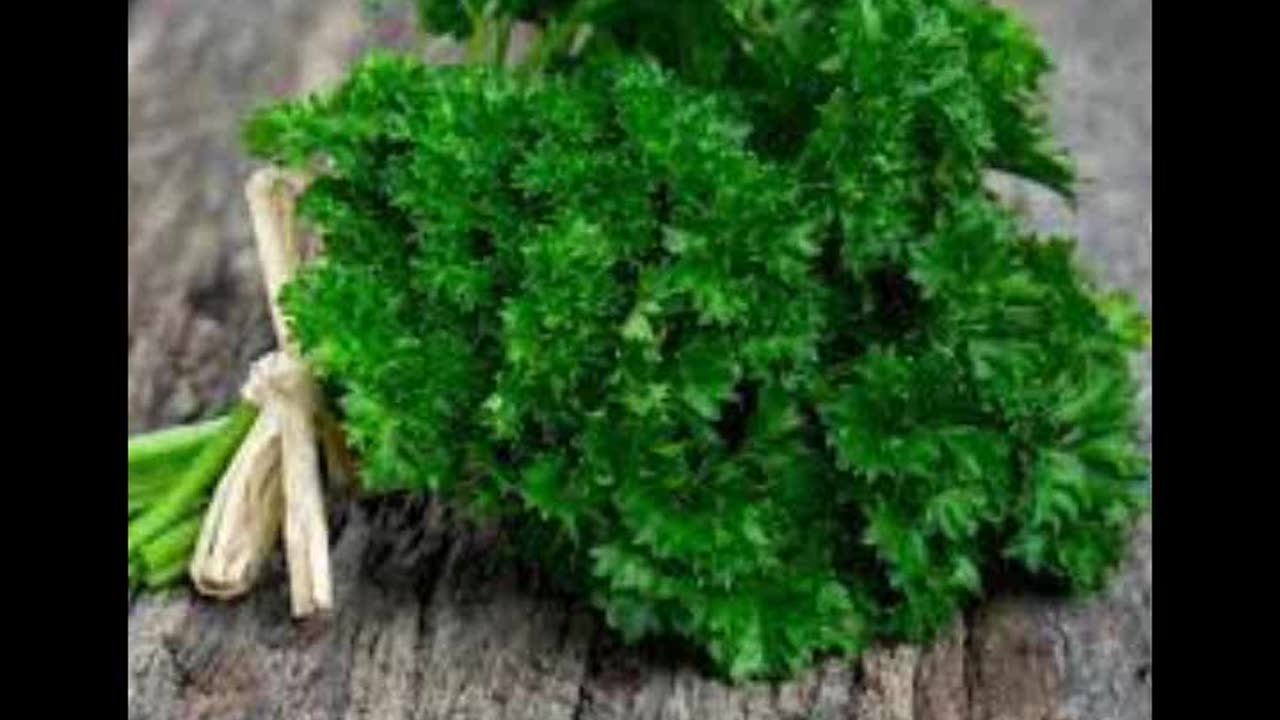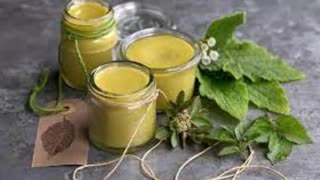Premium Only Content

Parsley
https://solitarypaganism.com/herbal-magick/parsley/
The next time you pass over that bit of green garnish on your plate, stop and think again, for that parsley is one of the oldest, tastiest, most nutritious, and easiest to grow of all our culinary herbs.
The cultivation of parsley predates written history.
Native to the Mediterranean area, parsley was commonplace in ancient Greece, not as a culinary herb, but as an ornamental plant used to decorate graves and make funeral wreathes.
The origin of this association with death is a bit obscure, but seems to derive from the myth of Archemorus, a young man who was killed by a giant serpent while aiding the Seven Heroes against the
tyrant of Thebes.
in memory of the youth’s sacrifice and death the Seven instituted a new athletic competition, the Nemean Games, the victors of which were crowned with garlands of parsley.
It was not until Roman times that parsley became a popular culinary herb, used not only in combination
with other herbs to augment flavor in foods, but also alone as a after-party means of cleansing the palette and removing the smell of alcohol from the breath.
Parsley has continued in culinary use ever since, and during the Middle Ages was also used cosmetically as a cure for baldness, and medicinally as a diuretic.
In addition to consuming large quantities themselves, the Romans also fed parsley to their racehorses to keep them strong and fit.
Given what we know today of the number of vitamins parsley contains, it is no wonder: parsley is a veritable natural megavitamin.
One cup contains more beta carotene than a carrot, twice as much vitamin C as an orange, more calcium than a cup of milk, and the iron equivalent of twenty servings of liver!!.
With its mild, gentle flavor, parsley is the perfect flavorful and healthy addition to many dishes — there really is no reason not to grow some of your own.
-
 9:21
9:21
asolitarypagan.com
1 year agoMaking Herbal Salves
1.76K -
 1:43:34
1:43:34
Redacted News
2 hours agoBREAKING! WARMONGERS PUSHING TRUMP TO LAUNCH PRE-EMPTIVE WAR WITH IRAN | Redacted News
51.7K105 -
 1:00:26
1:00:26
Candace Show Podcast
2 hours agoPiers Morgan x Candace Owens | Candace Ep 123
21.4K99 -
 2:06:51
2:06:51
Darkhorse Podcast
5 hours agoThe 256th Evolutionary Lens with Bret Weinstein and Heather Heying
31.7K19 -
 LIVE
LIVE
Scammer Payback
2 hours agoCalling Scammer Live
235 watching -
 1:21:25
1:21:25
Mally_Mouse
6 hours agoLet's Yap About It - LIVE!
45K6 -
 5:35
5:35
Cooking with Gruel
22 hours agoMaking Fresh Salted Caramel
40.3K6 -
 16:16
16:16
DeVory Darkins
19 hours ago $8.22 earnedMedia Panics after Trump Threatens to Sue Media for Defamation
46.2K97 -
 2:15:34
2:15:34
Matt Kohrs
6 hours agoFed Powell Speech & FOMC Rate Decision
32.9K3 -
 LIVE
LIVE
StoneMountain64
5 hours agoThe MOST hyped game of the YEAR
212 watching